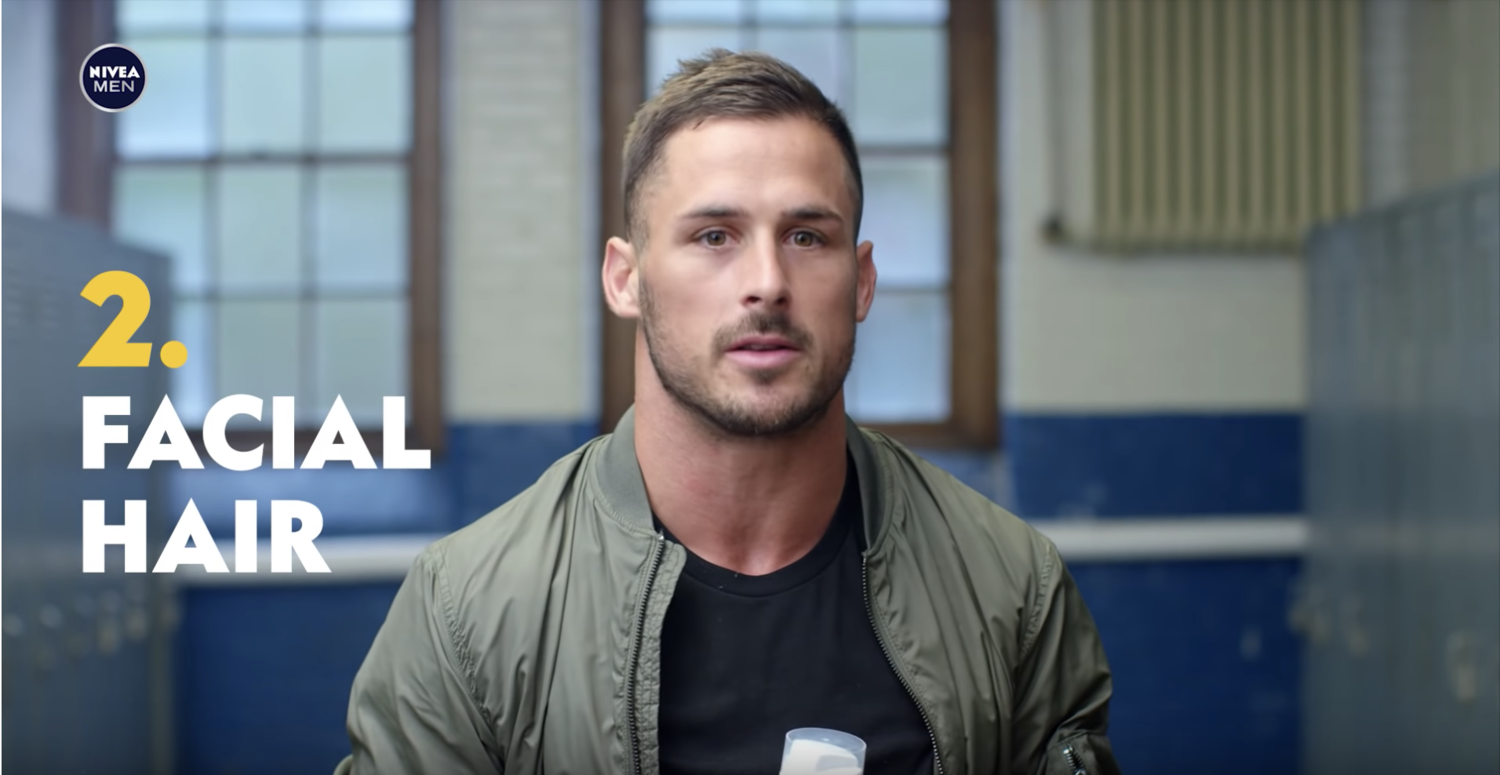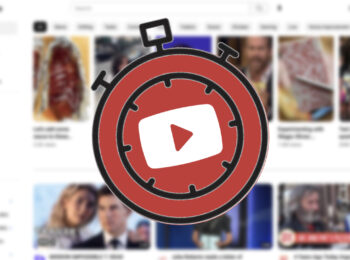Ideas
The Rise of The First Person Testimonial
One of the biggest trends we’ve seen over the past few years is brands embracing the first person testimonial.
First person testimonials are when a “real person” is talking directly to camera, usually about their love of a brand/product. This was formerly the domain of late-night infomercials, and even in those cases, those weren’t likely “real people.” As video has become a staple on social media sites, though, true first person testimonials have become a mainstay, because audiences have a sensitivity to inauthentic advertising.
Instagram and Youtube have fostered a space where “influencers” and celebrities can talk directly to their followers. Brands have been quick to use those relationships to their advantage by sponsoring posts from influencers and celebrities. In these posts influencers will speak directly to camera about how much better a certain product has made their lives. The posts are usually freeform, in line with the influencers brand. But the intent is clear; the celebrity/influencer is saying “I trust this brand/product and so can you.”

When these posts became sponsored and the poster started profiting from them we crossed into the “scripted reality” space. The posts, in these instances, are not fully scripted, but there are talking points for the sharer to touch on. This technique has become so effective that there are now regulations that require sponsored posts to be labeled as ads or paid advertisements by the person who is posting. In other words, the audience needs to know that the post is outside the bounds of their normal life. Which is different from someone posting simply because they want to and think people need to know about the brand/product/service. Which is exactly where this whole form started.
Sponsored posts have now evolved into something that is fully scripted. Brands are creating ads based around this first person testimonial look. They’re capitalizing on a visual vocabulary that we are viewers are familiar with. And trying to leverage the trust that comes with that familiarity.
The pharmaceutical field has actually been using this technique for years. Pharmaceutical companies will use actors to reenact testimonials that they’ve gotten from users of the drug. Or the ad agency will craft dialogue for the “real person” to say. Here again we see the brand using this form to create trust with the viewer/potential user: “I feel better using this drug and so could you.”
The difference between the pharmaceutical approach and what we’re seeing today is the affect influencers have had on the form. The pharmaceutical approach is very polished while the influencer/social media approach is rougher and more DIY. By going with a more organic approach advertisers are capitalizing on idea that they’re communicating directly to the viewer; they’ve cut out the middle man.
Interactions and impression from first person testimonials skyrocketed in 2018. We will undoubtedly see continued use of the form. If you’re looking to create trust with people interacting with your brand and speak “directly” to them, first person testimonials could be very useful for you.
Want to see this project? Check it out here.




